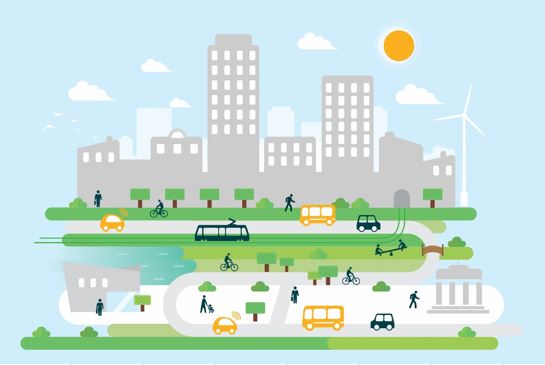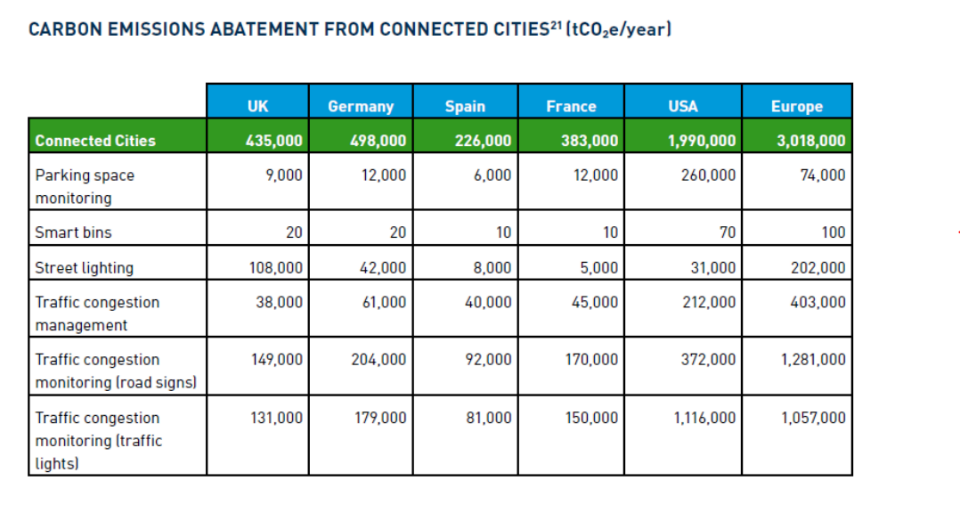Collective passenger transport can be defined in two categories:
- Conventional and high capacity public transport, which consists in transporting collectively citizens from one place to the other. Public transport systems usually operate along established routes and are managed on a schedule or timetable. The typical examples of mass public transport systems are buses, trains, trams, trolleybuses, or waterborne transport systems. High capacity public transport systems are the backbone of urban mobility and are considered as goods of common public interest. They play a a vital role in creating healthy, inclusive and sustainable cities and regions.
- Shared mobility which consists in passenger transport service which is available for use by the general public on the basis of demand and adjustable to individual needs (demand responsive/self-service). It consists in providing mobility solutions that can be shared collectively. Shared mobility can be divided in 3 categories:
- Shared mobility for first and last mile transport such as car/bike/scooter sharing
- On-demand collective transport such as: ride-hailing, demand responsive transport
- Informal transport systems: such as privately owned minibuses, taxis etc. which usually operate in unregulated environments
Other forms of collective transport such as employee transport or leisure transport (coaches), are usually not considered as public transport services.

Public transport systems can either be publicly or privately owned or operate under a public/private partnership (PPP). The public transport systems require stable funding and financing for capital investments and operations in line with the expected quality standards, transport coverage and frequency levels. In order to ensure both the legal framework and capacity to deploy locally earmarked revenue from either existing or new sources, this requires the definition and establishment of diverse mechanisms to cover the costs of operating and maintaining the transport systems.
Examples of public and private financing to raise funds for public transport are:
- Property developers’ contributions
- Levies of parking places
- Taxes on salaries
- Taxes on cars spent on improving public transport
- Tax on fuel which are invested into to local transport
The advantages of good public transport networks are not only confined to the passengers. A study of Barcelona in 2021 showed that for every €1 spent in public transport, the return on investment within the region was €6.5. Urban and local public transport services in Europe contribute between €130-150 billion per year to the economy, this equals 1.0-1.2% of GDP. Many sectors such as the construction industry, the supply industry, manufacturing, and IT services are recipients of these investments.
Because the mobility sector has a wide variety of actors, authorities are encouraged to regulate these innovations to foster sustainable business models and ensure they cater for the public good..

Comments ()